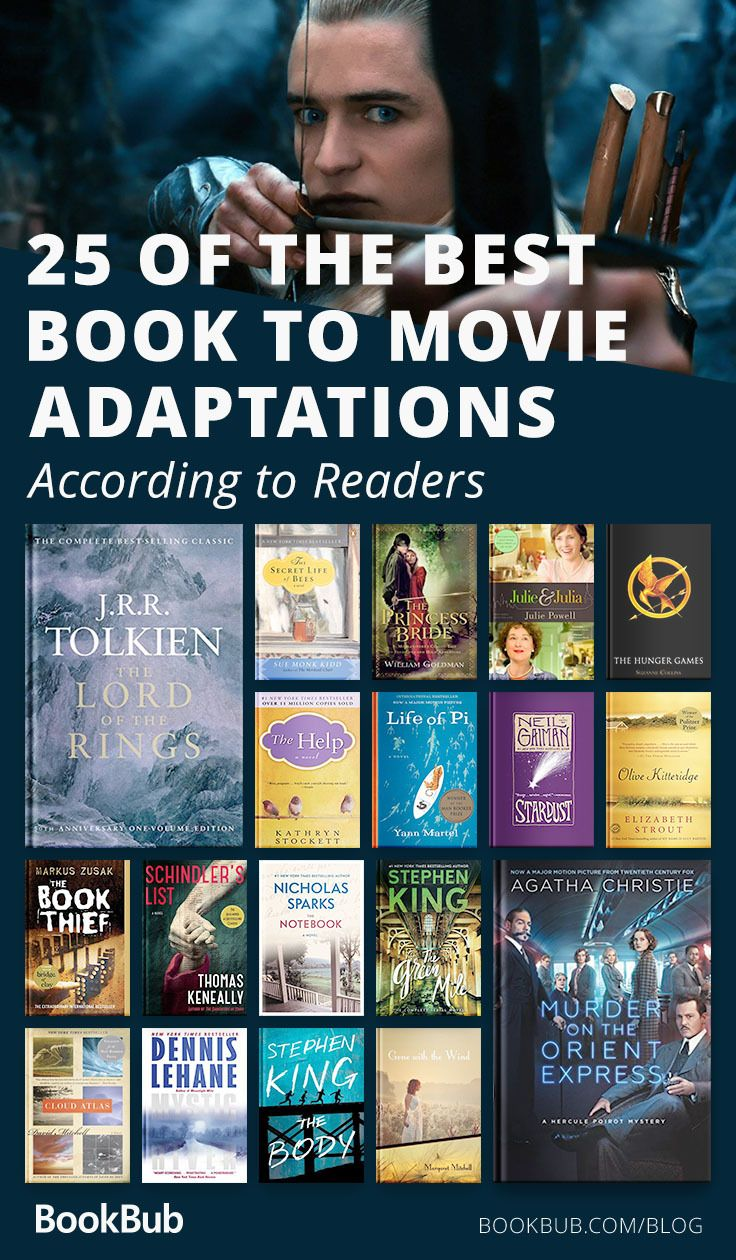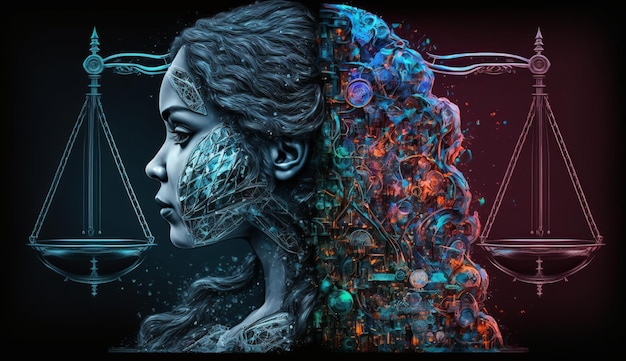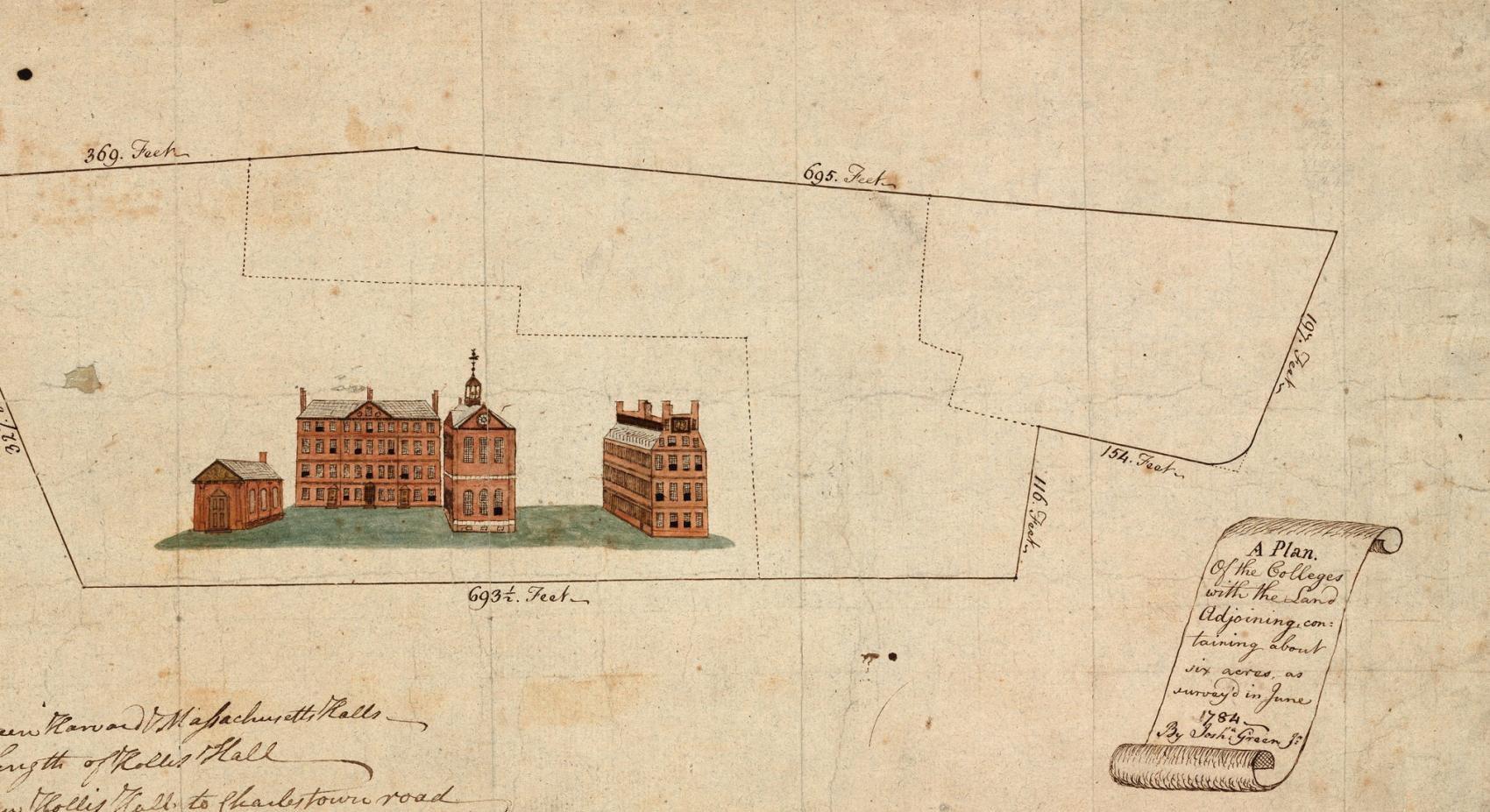Book to film adaptations have become a captivating staple in the entertainment world, sparking debates among audiences about the fidelity and creativity of transforming beloved novels into cinematic experiences. As fans flock to theaters during Oscar season, we often hear the familiar refrain, “The book was better,” igniting discussions that explore the nuances of storytelling across different mediums. However, some films not only capture the essence of the source material but also elevate it, creating what can be seen as the best book adaptations in cinematic history. Classic book adaptations such as Stephen King’s “Misery” and James Ellroy’s “L.A. Confidential” showcase how the interplay of reading and cinema can yield remarkable interpretations, sometimes earning Oscar nominations for their success. In this landscape, discovering the secrets behind Oscar-winning adaptations and their ability to resonate with audiences in new ways continues to fascinate both book lovers and film enthusiasts alike.
Exploring literary works translated into movies reveals a rich tapestry of creativity that speaks to the heart of storytelling. These film adaptations often reimagine intricate plots and character arcs, developing an engaging dialogue between the written word and visual cinema. While some viewers maintain that a novel offers a deeper experience, others appreciate the unique perspectives brought forth through these artistic renditions. In the world of narratives, terms like ‘screen adaptations’ and ‘cinematic interpretations’ highlight the transformative process that allows stories to reach broader audiences. As we delve further into this dynamic relationship between literature and film, we uncover both challenges and triumphs that accompany the journey from page to screen.
Exploring the Art of Book to Film Adaptations
Book to film adaptations have a long-standing tradition, often sparking debates on whether they truly capture the essence of the original literature. Some adaptations do an exceptional job of translating the written word into visual narratives, offering new interpretations that resonate profoundly with audiences. Works like ‘Misery’ by Stephen King and ‘L.A. Confidential’ by James Ellroy exemplify how cinematic renditions can breathe life into a story while providing a fresh perspective. It’s not merely about retelling; rather it’s an opportunity to explore deeper themes and character arcs, enriching the experience for viewers who may not have engaged with the text otherwise.
Many argue that adaptations often lose subtle nuances present in the books. For instance, in the case of ‘L.A. Confidential’, while the film adaptation excels in character portrayal and the noir aesthetic, it modifies key plot points that some die-hard fans might find sacrilegious. Yet, this transition from page to screen is essential in making literature accessible to wider audiences, maintaining the pulse of the source material while shaping it into a compelling visual format. As we witness the evolution of these adaptations, particularly during Oscar season when multiple nominees originate from books, the conversation about their merit and artistry continues to flourish.
The Best Book Adaptations That Redefined Cinema
Throughout film history, there have been several standout adaptations that critics and audiences alike hail as remarkable achievements in cinema. Oscar-winning adaptations such as ‘The Godfather’ and ‘Schindler’s List’ provide perfect examples where the film transcends its source material, giving viewers powerful storytelling that resonates beyond the pages. These films showcase the seamless blend of visual artistry, strong performances, and a deep emotional core that leaves a lasting impact. They also spark discussions about the magic of storytelling, illuminating the intricacies of character development and thematic depth that make literature so rich.
On the other hand, adaptations such as ‘The Great Gatsby’ or ‘The Hitchhiker’s Guide to the Galaxy’ demonstrate that not every transcreation is met with equal acclaim. While they strive to encapsulate the spirit of their respective novels, they sometimes fall short of capturing the meticulous detail and emotional resonance that was articulated on the page. However, this highlights an important aspect of adaptation: the subjective nature of artistic interpretation. Each adaptation can evoke different responses from audiences, reflecting the varied experiences of reading and viewing literature. Ultimately, successful adaptations offer a bridge between books and cinema, enriching both realms.
Oscar-Winning Adaptations and Their Impact on Popular Culture
Oscar-winning adaptations often set new standards in the film industry, showcasing how literature can serve as a fertile ground for cinematic storytelling. Films such as ‘The English Patient’ and ‘Life of Pi’ not only garnered critical acclaim but also contributed significantly to popular culture, becoming part of societal discussions. Their adaptations emphasize how powerful narratives can be translated from text to screen, captivating audiences and inviting them to explore the themes and characters in innovative ways. This cultural crossover illustrates the profound impact literature has on film making, influencing trends and inspiring filmmakers to craft stories that resonate on multiple levels.
Moreover, these adaptations often highlight the emotional weight carried by their literary sources. For instance, ‘The Shawshank Redemption’, though not an immediate box-office success, gained a cult following, proving that some stories flourish outside traditional metrics of success. Adaptations that win Oscars not only celebrate the artistry involved in filmmaking but also serve as a reminder of the enduring power of written narratives. They bridge generational gaps, inviting new audience members to experience these classic tales, often prompting them to seek out the original books and further intertwining the realms of reading and cinema.
The Challenge of Staying True to Classic Book Adaptations
Classic book adaptations pose unique challenges to filmmakers tasked with bringing beloved narratives to life on screen. There’s an inherent expectation from audiences who have formed attachments to characters and storylines crafted within the pages of these timeless works. For example, adaptations of novels like ‘Pride and Prejudice’ and ‘Moby Dick’ frequently face scrutiny, as fans negotiate their expectations with the filmmakers’ interpretations. With the risk of alienating purists, directors must tread carefully to find a delicate balance between honoring the original text and creating something that feels fresh and accessible to new viewers.
Despite the challenges, successful adaptations like the recent rendition of ‘Little Women’ demonstrate that classic tales can be revitalized through contemporary storytelling techniques. By harnessing powerful performances and modern cinematography, these adaptations breathe life into long-standing narratives, making them relevant to today’s audience. It’s essential to recognize that while the literature provides a valuable framework, the cinematic interpretation allows room for creative exploration, inviting storytelling to evolve over time while honoring its roots. This symbiotic relationship between books and films ultimately enriches our cultural landscape.
Examining the Evolution of Character Portrayals in Adaptations
One of the most fascinating aspects of book to film adaptations is the evolution of character portrayals. When translating a character from text to film, filmmakers often make choices adjusted for visual storytelling and acting performance, which can significantly alter how audiences perceive and connect with these figures. For instance, adaptations such as ‘American Psycho’ illustrate how filmmakers can extract layers of a character’s psychology that may not be as explicit in the written word. In adapting such narratives, directors often introduce elements of humor or visual storytelling that can transform the viewer’s understanding of these characters.
Moreover, the casting choices can reshape how a character’s persona is received. When Tom Cruise starred in the ‘Jack Reacher’ adaptations, his performance sparked discussions due to a stark contrast with the character’s physical description in Lee Child’s novels. This reveals the complex interplay between adaptability and character fidelity, as filmmakers navigate audience expectations while striving to bring a story to life. Ultimately, the evolution of character portrayals in adaptations emphasizes the fluid nature of storytelling, inviting viewers to reevaluate their interpretations based on new representations and contexts.
Lessons Learned from Successful Film and Book Pairings
Successful film adaptations often carry profound lessons about storytelling, collaboration, and interpretation. Each adaptation serves as a unique case study in how narratives can be reconstructed to shine in diverse formats, revealing new themes and layers that may have been untouched in the original book. Take for instance, the film adaptation ‘The Perks of Being a Wallflower’, which demonstrates how emotional truth can translate powerfully from text to screen, allowing audiences to connect with adolescent struggles in a more visceral manner. These visual retellings can enhance understanding and invite audiences to reflect upon personal experiences when viewed through a cinematic lens.
Conversely, adaptations can also highlight creatively what doesn’t work in a narrative. Films that fail to resonate often become cautionary tales for future adaptations, instructing filmmakers on how to navigate the delicate balance between maintaining the heart of the book while crafting a compelling cinematic experience. They encourage both writers and directors to consider different storytelling techniques and approaches that can yield diverse interpretations. Ultimately, these lessons contribute to an enriched dialogue between literary and cinematic storytelling—paving the way for future works that continue to engage and inspire audiences across multiple platforms.
The Role of Tone and Mood in Adaptations
The tone and mood of a narrative are paramount in shaping audience reception and understanding, especially when it comes to adaptations. The ability of a filmmaker to capture the essence of the written word’s atmosphere determines whether the film resonates with viewers or alienates them. Films like ‘The Hoods’, adapted into ‘Once Upon a Time in America,’ showcase how variations in tone—be it melancholic, gritty, or nostalgic—can translate powerful emotions visually, thus enhancing the storytelling experience. The synergy between visuals, sound, and pacing becomes crucial in conveying the original atmosphere envisioned by the author.
Conversely, when adaptations stray too far from the established tone, they risk losing the audience’s connection to the story. For instance, if a horror novel is turned into a lighthearted film, it may confuse viewers who anticipated a chilling experience. Successful adaptations must thus remain attuned to the emotional landscape created by their literary sources, using visual elements to amplify rather than dilute the atmosphere. This attention to tone and mood ultimately culminates in a cinematic experience that honors the book while inviting fresh interpretations that engage audiences anew.
The Future of Book Adaptations in Modern Cinema
As we look to the future of adaptations in cinema, it is clear that the trend will continue to evolve, shaped by technological advancements and changing audience preferences. Streaming platforms have paved the way for longer-form adaptations, allowing more nuanced storytelling that can delve deeply into character arcs and complex narratives. Series adaptations of popular books enhance viewer engagement by allowing for extensive world-building over multiple episodes, creating opportunities to explore themes that may have otherwise been glossed over in traditional films. This shift opens up a treasure trove of literary works ripe for reinterpretation in the context of modern storytelling.
Moreover, as filmmakers experiment with diverse genres and perspectives, adaptations that were once deemed unfilmable are gaining traction. Creative freedom allows filmmakers to innovate, transforming classical texts into contemporary narratives. The rising trend of adaptations from lesser-known or marginalized voices in literature signifies a much-needed expansion of representation in cinema, inviting audiences to engage with fresh stories and viewpoints. Ultimately, the future of book to film adaptations looks promising, with creative reimaginings promising to enhance cross-cultural dialogues while celebrating the timeless nature of storytelling.
Frequently Asked Questions
What are some of the best book adaptations of all time?
Some of the best book adaptations have received critical acclaim and fan appreciation. Notable examples include ‘The Godfather’ based on Mario Puzo’s novel, ‘To Kill a Mockingbird’ by Harper Lee, and ‘The Shawshank Redemption’ adapted from a Stephen King novella. These adaptations translate the essence of the original works into compelling visual storytelling, making them iconic in the realm of film adaptations.
Why do people often say ‘the book was better’ when discussing film adaptations?
The phrase ‘the book was better’ usually stems from the belief that novels offer deeper character development, nuanced themes, and more detailed plots that can be challenging to fully capture in film adaptations. Readers often feel a strong connection to the characters and story in print, which might not translate perfectly onto the screen, leading to disappointment when certain elements are omitted or altered.
Are there any Oscar-winning adaptations that showcase the successful transition from book to film?
Yes, there are several Oscar-winning adaptations that exemplify the successful transition from the page to the screen. ‘The Silence of the Lambs’ won multiple Academy Awards, including Best Picture, Best Director, and Best Actor. Similarly, ‘The English Patient’ captured the Oscar for Best Picture, showcasing how rich narratives can be effectively adapted within a cinematic context.
What makes classic book adaptations so appealing to audiences?
Classic book adaptations are appealing due to their established narratives, which often reflect timeless themes and societal issues. Adaptations of novels like ‘Pride and Prejudice’ and ‘Great Expectations’ draw audiences in with their cultural significance and familiar storytelling, allowing viewers to experience beloved characters and plots in a new format.
How do film adaptations enhance the reading experience?
Film adaptations can enhance the reading experience by bringing stories to life visually and audibly. They provide a different perspective on the narrative, potentially highlighting themes and characters in new ways. This can encourage audiences to revisit the original text with a fresh understanding, foster discussions around the differences between the book and the film, and ignite interest in reading more literature.
What are some characteristics of successful film adaptations of novels?
Successful film adaptations typically maintain the core themes and spirit of the original work while making necessary adjustments to fit the cinematic medium. They often develop strong visual storytelling, preserve character arcs, and manage pacing that suits viewer engagement. The director’s vision plays a crucial role, as seen in adaptations like ‘L.A. Confidential,’ where the film captures the essence of the novel while altering plot points to enhance cinematic storytelling.
Can you recommend any modern book-to-film adaptations worth watching?
Certainly! Modern book-to-film adaptations that have garnered attention include ‘Little Women,’ adapted from Louisa May Alcott’s classic, which beautifully captures the emotional arcs of its characters. Another is ‘The Night Circus’ by Erin Morgenstern, which has been highly anticipated for its magical storyline. Additionally, adaptations of works like ‘The Handmaid’s Tale’ by Margaret Atwood offer gripping narratives that resonate with contemporary audiences.
What makes an adaptation successful or unsuccessful in capturing the essence of a book?
A successful adaptation captures the essence of the book by remaining true to its themes and character development while creatively translating them into a visual format. Unsuccessful adaptations often lack the depth and nuance found in the text, making significant alterations that detract from the original message or character motivations. Audience expectations also play a role; if viewers feel the adaptation misses the key elements that made the book resonant, it may be deemed unsuccessful.
How do adaptations vary between genres, such as horror or romance?
Adaptations vary by genre in terms of narrative focus, tone, and style. Horror adaptations, like Stephen King’s ‘Misery,’ often rely on suspense and visual elements to create tension, while romance adaptations may emphasize emotional connections and character development. Different genres also influence pacing and thematic representation, requiring adaptations to approach each story creatively to effectively resonate with the film audience.
What role do directors play in the success of book to film adaptations?
Directors play a vital role in the success of book to film adaptations, as they interpret the source material and bring it to life through their vision. A director’s style, understanding of the story’s themes, and ability to work with actors can significantly impact how the narrative is portrayed on screen, influencing everything from pacing to character development and visual aesthetics.
| Book Title | Author | Film Adaptation | Key Points |
|---|---|---|---|
| Misery | Stephen King | Misery (1990) | A gripping horror narrative; explores fame and its toll on writers. |
| L.A. Confidential | James Ellroy | L.A. Confidential (1997) | A gritty depiction of 1950s Los Angeles; evolves plot for cinematic storytelling while keeping core character essence. |
| Jack Reacher | Lee Child | Jack Reacher (2012) / Jack Reacher: Never Go Back (2016) | Merges themes of personal ethics and societal issues; adaptations highlight melodramatic structure and action. |
| The Hoods | Harry Grey | Once Upon a Time in America (1984) | Operatic storytelling through visuals and music; the adaptation exceeds the original narration’s impact. |
| American Psycho | Bret Easton Ellis | American Psycho (2000) | Revitalizes a bleak narrative with humor and liveliness, contrasting the book’s tone. |
| Where Are You Going, Where Have You Been? | Joyce Carol Oates | Smooth Talk (1985) | Embraces naturalism; expands character depth and alters ending for emotional resonance. |
Summary
Book to film adaptations have garnered a fair share of debate, often leading to the familiar refrain, “the book was better.” Yet, not all adaptations fall prey to this criticism; some enrich the original narrative in surprising ways. As highlighted by esteemed Harvard faculty, films like ‘L.A. Confidential’ and ‘Misery’ illustrate how cinematic interpretations can enhance and reveal deeper themes. With these adaptations leading into award seasons, they not only offer fresh perspectives but also broaden our understanding of beloved literary works.



